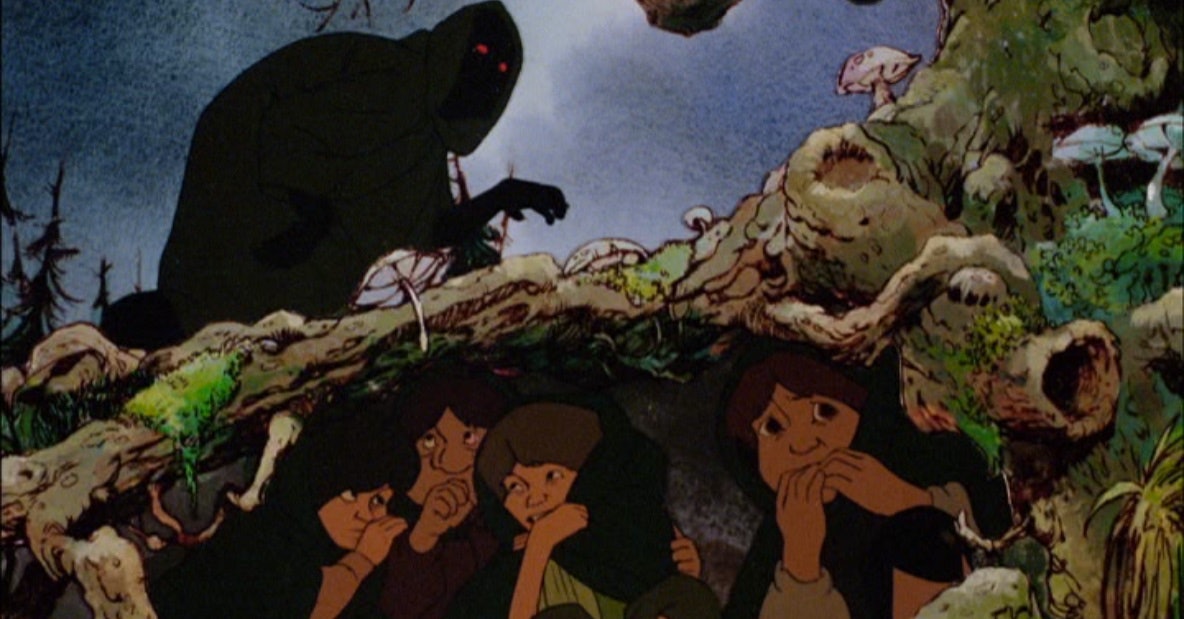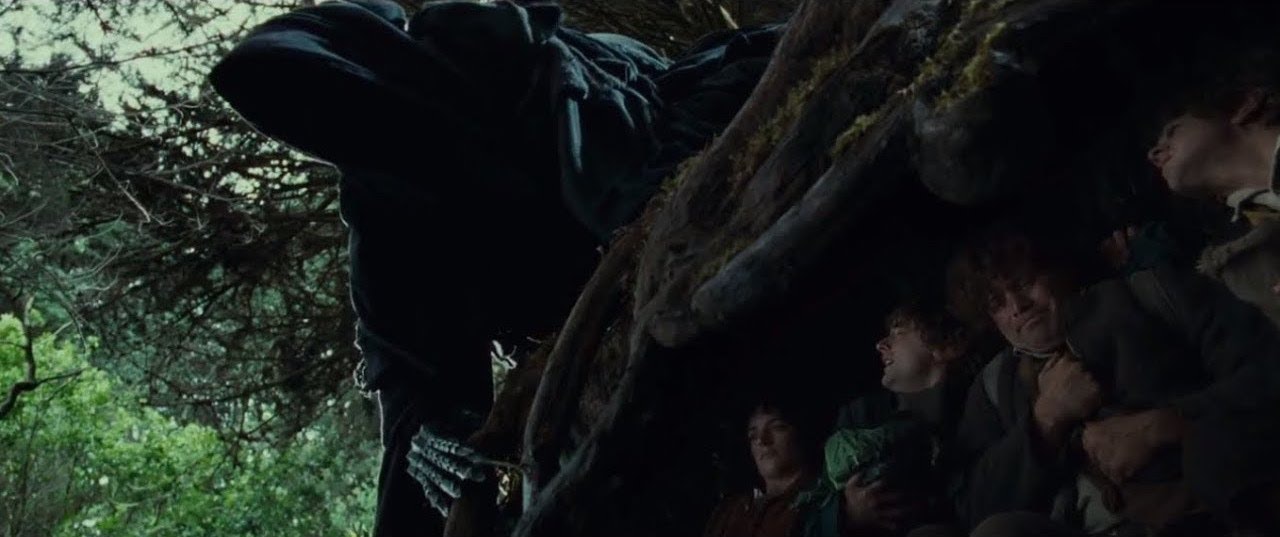
In the 1960s, Hollywood’s great white whale was The Lord of the Rings. Many notable filmmakers tried and failed to get an adaptation of J.R.R. Tolkien’s fantasy epic off the ground — the Beatles even courted Stanley Kubrick to direct a live-action version with their original music — but most declared it unfilmable.
Animation wasn’t regarded as a better alternative. The medium was considered too childish to tackle such a dark and complex saga, and the 1977 Rankin/Bass adaptation of The Hobbit didn’t make a great case for it (Tolkien scholar Douglas A. Anderson called it “execrable”). But this didn’t stop Ralph Bakshi from trying to catch the whale with his ambitious 1978 animated epic, The Lord of the Rings.
Bakshi was the enfant terrible of the animated world, making independent, adult-oriented cartoons that pushed the envelope on sex, violence, and every other hot-button topic. His debut feature, Fritz the Cat, was the first animated film to receive an X rating from the MPAA, and made him both an odd and oddly ideal filmmaker to tackle Tolkien’s fantasy classic. Despite Bakshi’s edgy reputation, he was a purist when it came to adapting Tolkien’s work, even consulting with Tolkien’s daughter Priscilla. And the only way to do the story justice, for Bakshi, was to use the best of both live-action and animation.
“I wanted real illustration as opposed to cartoons,” Bakshi said of his process. The result is a film that looks like no other, a hybrid of traditional cel animation and rotoscoped live-action that would heavily influence Peter Jackson’s trilogy.
Bakshi’s Lord of the Rings adapts both The Fellowship of the Ring and The Two Towers, charting the beginning of Frodo’s journey, the forming of the fellowship, and making it all the way to the Battle of Helm’s Deep. It manages to weave the two tomes together fairly seamlessly, though it sacrifices some of the interweaving storylines and flashbacks of Tolkien’s original novels.
Bakshi’s plot and visual choices were so intelligent that Jackson would borrow much of them for his own adaptation; whole sequences from Jackson’s films are lifted straight from Bakshi’s film, as is the narrative apathy towards Glorfindel and Tom Bombadil (RIP). Bakshi’s ominous, beautifully blocked shot of the hobbits hiding from the Nazgul is Jackson’s most iconic homage to the 1978 film, a shot so influential it would even end up making its way into Amazon’s Rings of Power.


But Bakshi’s Lord of the Rings should be remembered as more than just the animated oddity that influenced Jackson’s films. Its use of rotoscoping results in a visually striking experience best described as heavy-metal fantasy nightmare fuel. Whole sequences are simply silhouettes of lurching monsters and screaming men against a blood-red backdrop, clashing brilliantly with the more cuddly traditional animation designs of Frodo and Gandalf. Bakshi’s designs of the villainous ringwraiths are leagues more terrifying than those in Jackson’s films, all red eyes staring out from beneath the cloaks of hunched ghouls. Yes, Aragorn may be missing his pants, and Gandalf may walk like a man possessed, but the inspired designs and the seriousness with which Bakshi tackled the story overcome the elements that haven’t aged gracefully.
Mixed reviews and a hostile reception from impossible-to-please Tolkien scholars gave Bakshi’s Lord of the Rings a reputation as a curious failure, but its greatest sin is that it’s incomplete — while it was a box office success, it never earned a sequel (the half-assed 1980 Rankin/Bass Return of the King was often sold as an unofficial sequel, but it’s, well, execrable). Today, Bakshi’s Lord of the Rings is mostly seen in side-by-side comparison videos with Jackson’s films. But it’s a tremendous animated accomplishment. Forty-five years later, it remains a singular fantasy epic that deserves to be viewed in its own right.







